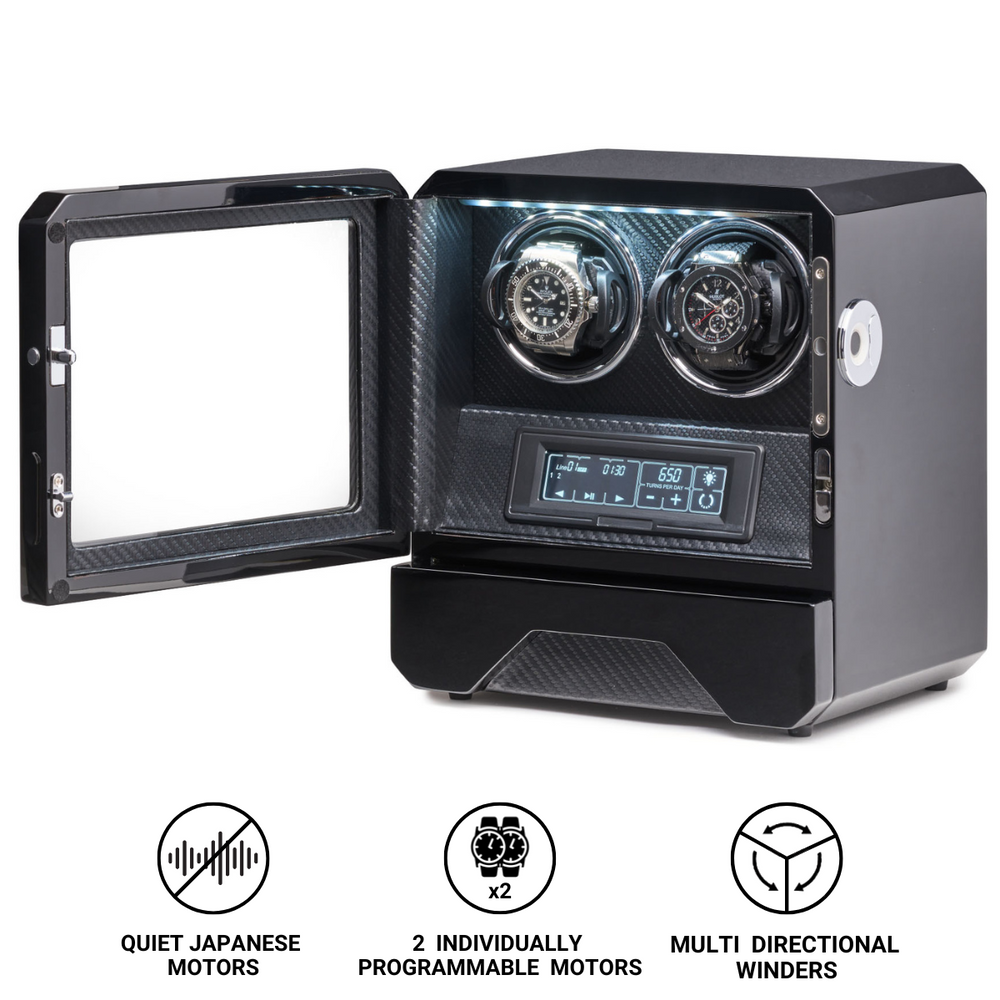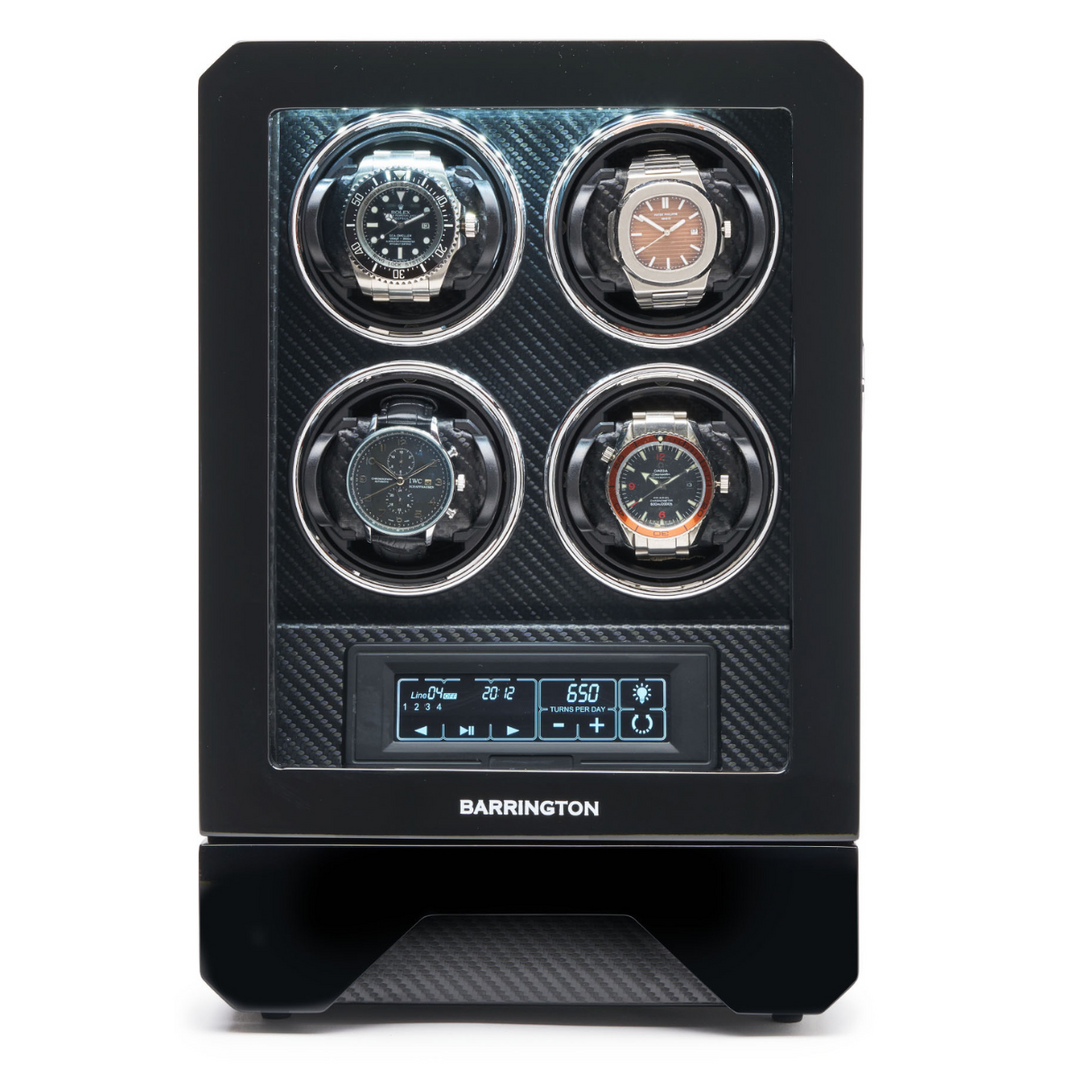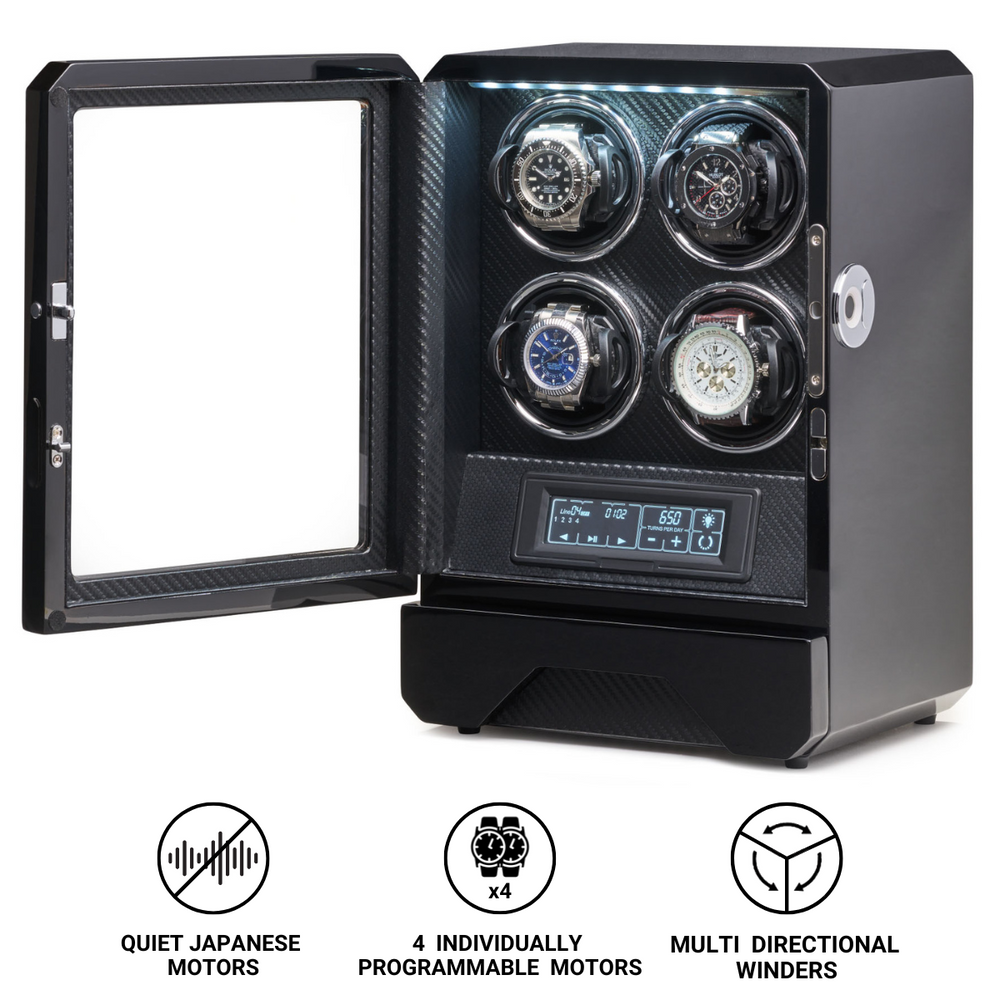What is Escapement?
At the core of every mechanical watch lies a complex dance of components, each playing its part in the regulation of time. Among them, the escapement holds a position of unmatched significance. Often referred to as the beating heart of a watch, the escapement is the mechanism that controls the release of energy from the mainspring, ensuring that it is delivered in precise, measured increments. It transforms the raw stored energy of the movement into the rhythmic oscillations that make timekeeping possible.
Without the escapement, a watch would simply unwind in a matter of seconds, its stored power dissipating in a chaotic rush. The escapement is what transforms potential energy into controlled motion, dividing time into equal, measurable beats. It is one of the most ingenious inventions in horology, combining mechanical precision with poetic rhythm.
The Role of the Escapement in a Watch
The escapement serves two essential functions within a mechanical movement. First, it regulates the release of energy from the mainspring barrel, transmitting it to the oscillator (usually a balance wheel and hairspring) in regular intervals. Second, it maintains the oscillation of the balance wheel by providing a small impulse of energy with each swing.
In essence, the escapement performs a delicate balancing act: it allows the gear train to advance step by step, ensuring that each tick of the watch corresponds to a precise fraction of a second, while simultaneously keeping the oscillator in motion. This repetitive transfer of energy is what produces the steady tick-tock rhythm characteristic of mechanical timepieces.
The escapement is also critical to the accuracy of a watch. Its design, material composition, and geometry all influence how efficiently energy is transmitted and how consistently the balance wheel oscillates. Even the slightest imperfection in its operation can lead to deviations in timekeeping, which is why watchmakers treat the escapement with the highest degree of care and precision.
The Historical Development of the Escapement
The story of the escapement is as old as mechanical timekeeping itself. Its origins trace back to the 13th century, when the verge escapement was first used in medieval tower clocks. This invention represented a monumental leap forward, allowing clockmakers to transform continuous motion into discrete time intervals.
The verge escapement operated with a crown-shaped wheel and pallets attached to a vertical rod known as a verge. It was crude by modern standards, highly sensitive to friction and positional errors, yet it laid the foundation for all subsequent horological innovation.
In the 17th century, advances in pendulum technology by Christiaan Huygens and Robert Hooke brought greater precision to clocks, but the escapement continued to evolve. Thomas Tompion and George Graham refined the anchor escapement, which replaced the verge in many longcase clocks, offering smoother operation and improved accuracy.
The birth of the portable watch brought new challenges. The introduction of the balance spring required escapements capable of functioning in multiple positions and under variable conditions. It was in this context that the Swiss lever escapement, developed in the 18th century, became the defining design for wristwatches and pocket watches alike.
While countless escapement types have been devised—some successful, others merely experimental—the Swiss lever remains the most widely used to this day, a testament to its reliability and balance of efficiency and durability.
How the Escapement Works
The operation of the escapement can be visualised as a controlled conversation between two parts of the movement: the gear train, which delivers power from the mainspring, and the oscillator, which dictates the timing of that power release.
In a typical Swiss lever escapement, the mechanism comprises three main components: the escape wheel, the pallet fork, and the balance wheel.
-
Escape Wheel
The escape wheel is the final gear in the train, driven by the power of the mainspring through a series of intermediate gears. Its teeth are carefully shaped to interact with the pallets in a precise and controlled manner. -
Pallet Fork
The pallet fork acts as the intermediary between the escape wheel and the balance wheel. It has two flat jewels, known as pallets, which alternately lock and release the teeth of the escape wheel. Each time a tooth slides off a pallet, the fork delivers a small impulse to the balance wheel via a jewel pin called the impulse jewel. -
Balance Wheel and Hairspring
The balance wheel oscillates back and forth under the restoring force of the hairspring. As it swings, it interacts with the pallet fork, unlocking the escape wheel and allowing it to advance by one tooth. The energy released during this motion keeps the balance wheel in motion, maintaining its oscillations and thereby sustaining the rhythm of the watch.
This delicate interplay occurs hundreds of times per second in modern wristwatches, often at frequencies of 18,000 to 36,000 vibrations per hour. The precision of this mechanism determines the watch’s accuracy, while its reliability ensures consistent performance over years of wear.
The Different Types of Escapements
Throughout history, horologists have invented numerous escapement types in pursuit of greater precision, efficiency, and durability. While many designs have faded into obscurity, several remain integral to horological development.
-
Verge Escapement
One of the earliest escapements, the verge was used from the 13th to the 18th century in both clocks and early watches. Its main drawback was high friction and poor timekeeping consistency, especially when portable timepieces became common. -
Anchor Escapement
Introduced for pendulum clocks, the anchor escapement significantly improved precision by reducing the pendulum’s swing and minimising energy loss. -
Cylinder Escapement
Developed in the 18th century, the cylinder escapement was widely used in pocket watches before being replaced by the lever. It offered smoother operation than the verge but suffered from wear over time. -
Detent Escapement
Often found in marine chronometers, the detent escapement delivers exceptional precision by providing impulse in only one direction. However, it is delicate and unsuitable for wristwatches due to its vulnerability to shock. -
Lever Escapement
The Swiss lever escapement, perfected in the 19th century, remains the standard in modern mechanical watches. It combines reliability, accuracy, and durability, making it ideal for mass production and daily use. -
Co-Axial Escapement
Invented by British watchmaker George Daniels in 1974 and later adopted by Omega, the co-axial escapement reduces sliding friction by using radial impulses instead of sliding contact. This design increases longevity and reduces the need for lubrication, representing one of the most important modern advancements in escapement technology.
Each escapement type reflects the priorities and challenges of its era, from the quest for portable precision to the pursuit of reduced maintenance and long-term performance.
The Importance of Precision and Efficiency
The escapement’s performance directly influences the accuracy of a watch. Every component, from the geometry of the pallets to the polish of the jewel surfaces, affects how efficiently energy is transmitted. Friction is the perpetual enemy of escapement performance. Excess friction leads to energy loss and irregular impulses, while insufficient friction can cause instability and loss of amplitude in the balance wheel.
High-end manufacturers meticulously polish escapement components and use synthetic jewels to reduce friction and wear. In recent years, materials such as silicon have revolutionised escapement design. Silicon’s low friction, non-magnetic properties, and exceptional precision in microfabrication allow for lighter, more consistent components, improving both performance and longevity.
The Aesthetic and Symbolic Value of the Escapement
Beyond its mechanical function, the escapement holds deep symbolic and aesthetic significance. For watchmakers, it represents the essence of horological mastery—the moment where energy becomes motion, and motion becomes time.
Many luxury brands showcase the escapement through open dials or exhibition casebacks, allowing enthusiasts to observe the hypnotic pulse of the movement. In tourbillon watches, the escapement itself becomes a visual spectacle, rotating in a cage to counteract the effects of gravity.
The rhythm of the escapement’s motion, its steady tick and recoil, embodies the living heartbeat of a watch. It transforms a static object into something alive, breathing through the continuous cycle of locking, unlocking, and impulse.
Escapement Innovations in Modern Horology
Modern horology continues to push the limits of escapement technology. While the lever escapement remains dominant, independent watchmakers and research-driven brands are exploring new designs that address the limitations of traditional systems.
One of the most notable is the co-axial escapement, which has proven itself in commercial production since Omega adopted it in the late 1990s. Its reduced friction improves stability over time, reducing the frequency of servicing.
Other innovations include the Girard-Perregaux Constant Escapement, which delivers uniform force to the balance regardless of mainspring tension, and the Ulysse Nardin Anchor Escapement, which replaces metal components with flexible silicon structures. These inventions represent the future of mechanical precision, where microengineering and material science work hand in hand with tradition.
The Escapement as a Measure of Horological Art
To master the escapement is to master the art of watchmaking itself. Every adjustment, from the angle of the pallets to the curvature of the balance spring, requires a watchmaker’s finest touch. The escapement must not only function mechanically but do so with harmony and grace.
In haute horlogerie, finishing techniques such as anglage, black polishing, and hand-adjusted tolerances elevate the escapement from a utilitarian mechanism to a work of art. The beauty of a finely crafted escapement lies not only in its precision but in the elegance of its motion and the perfection of its surfaces.
Conclusion
The escapement is the most vital and poetic mechanism in the world of mechanical watchmaking. It stands at the intersection of science, craftsmanship, and art, translating the invisible flow of energy into the visible and audible rhythm of time.
From the primitive verge escapement of medieval clocks to the sophisticated co-axial and silicon-based systems of today, the escapement remains a symbol of human ingenuity and our desire to measure, master, and celebrate the passage of time.
Every tick of a mechanical watch is the voice of its escapement, a heartbeat that has resonated for centuries and will continue to echo as long as the craft of horology endures.









